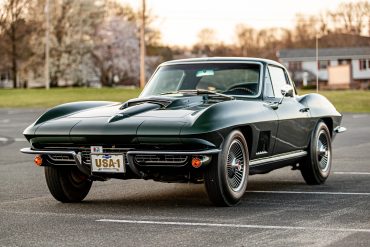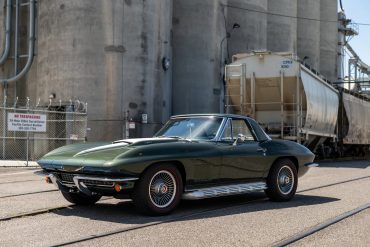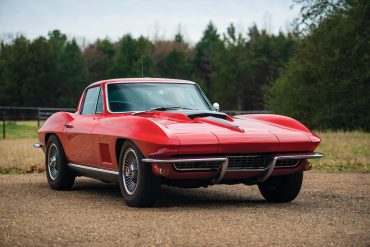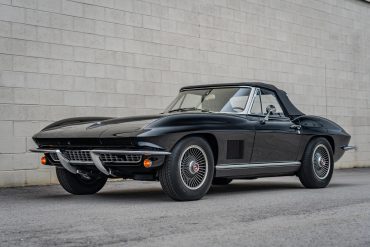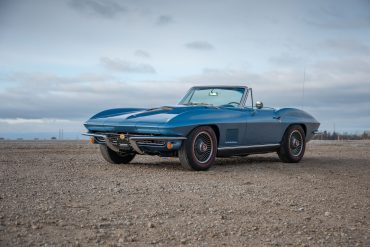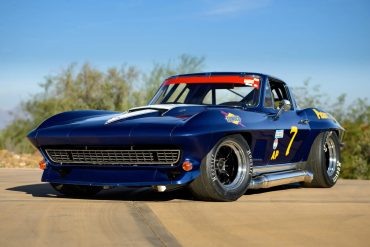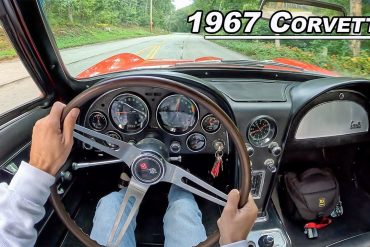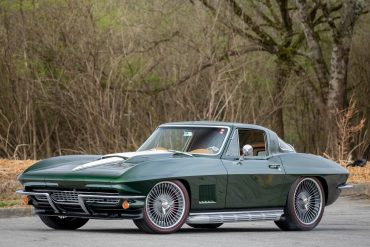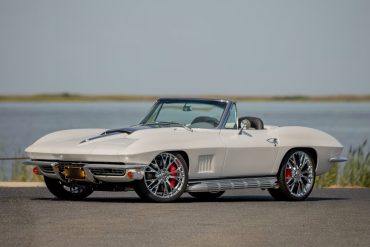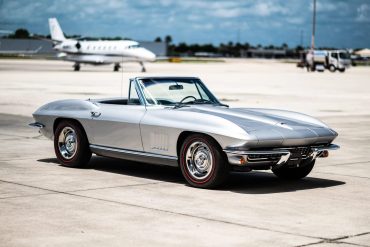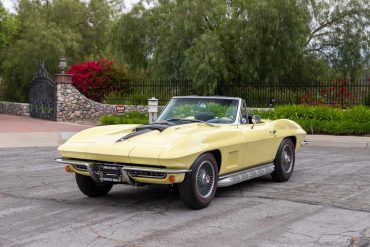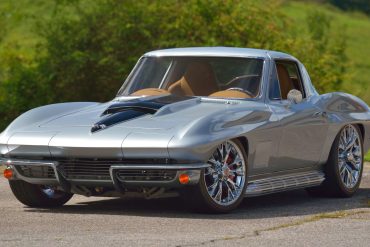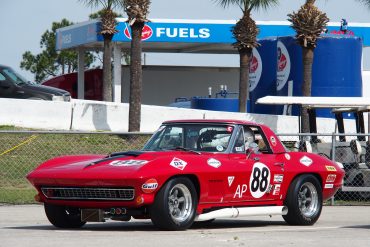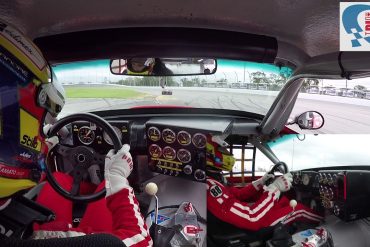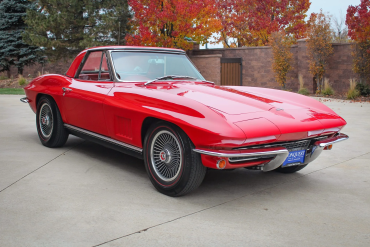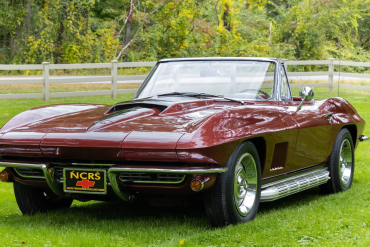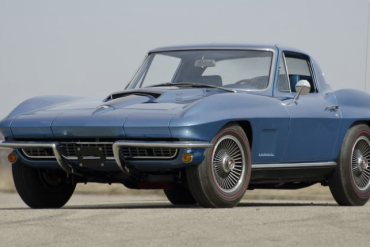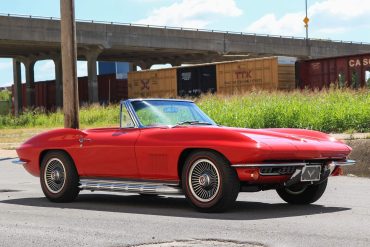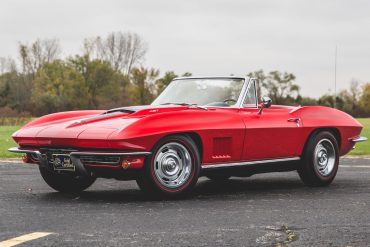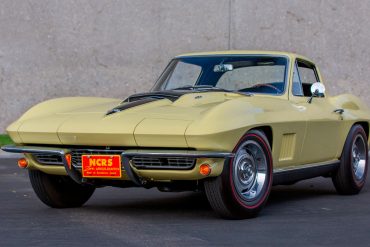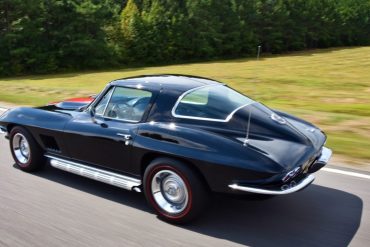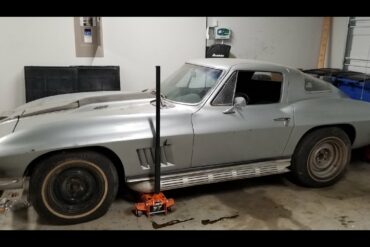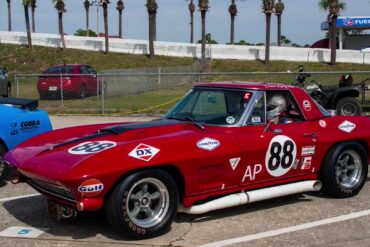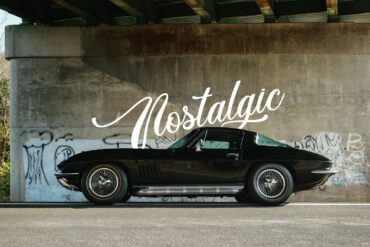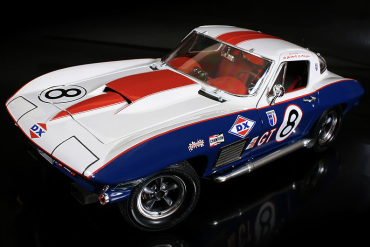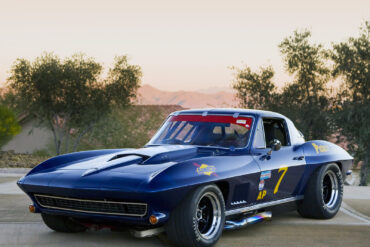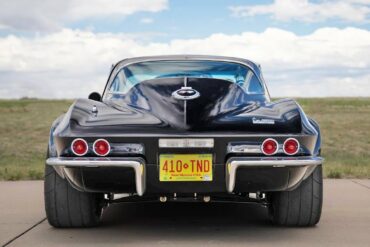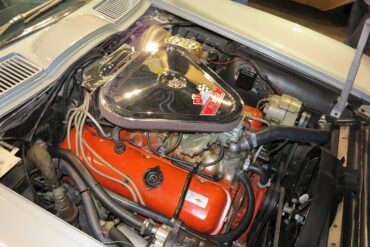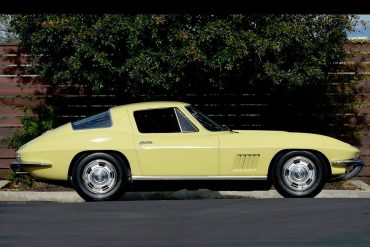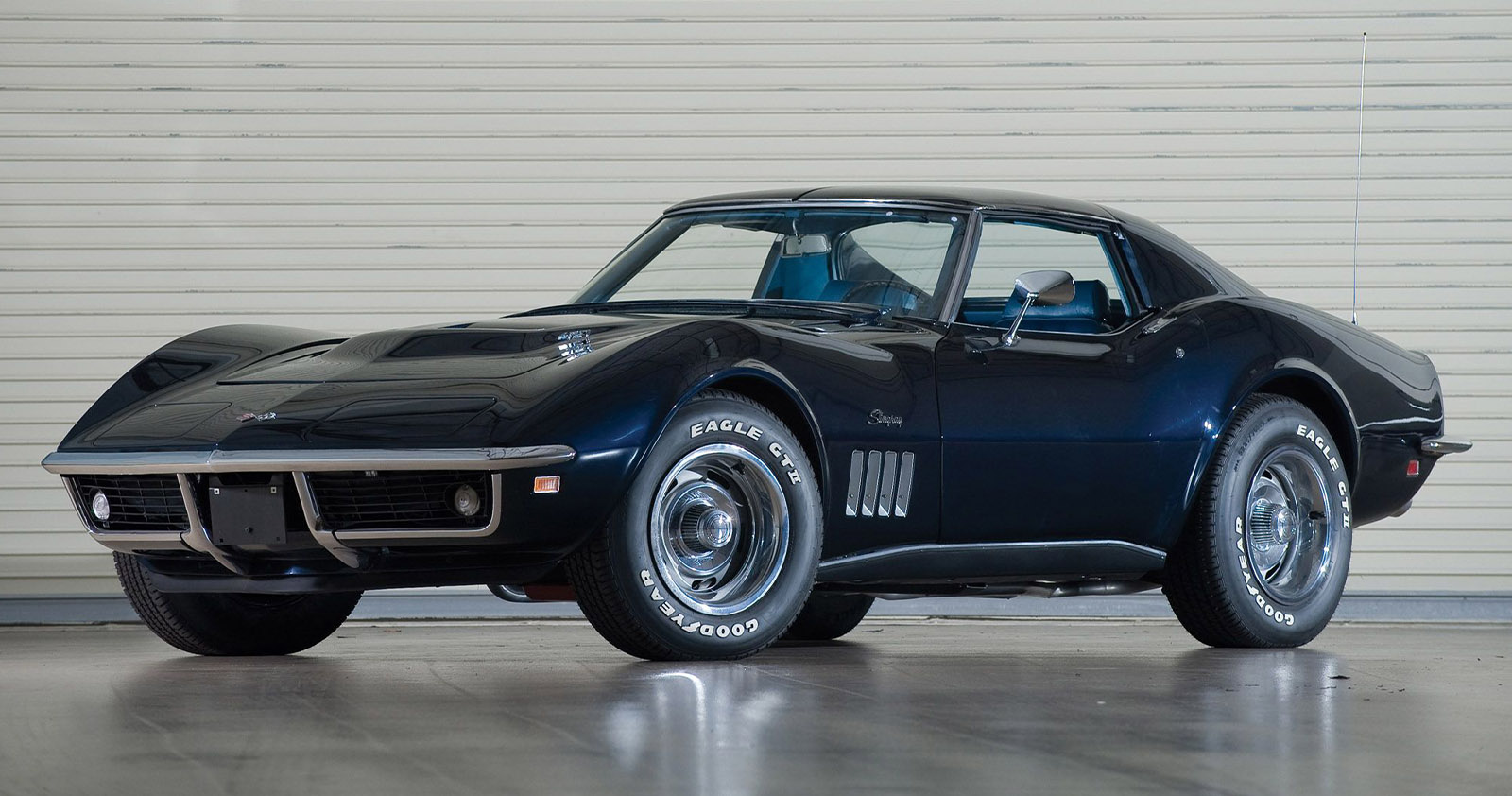The Sting Ray’s debut had a massive impact on the North American sports car market, with demand so high that...
The 1967 Chevrolet Corvette stands as the crown jewel of the second generation. Known for its timeless design, this final...
Originally intended as a stopgap measure, the 1967 Corvette, the final year of the second generation (1963-1967), became a surprise...
The second-generation Corvette, produced from 1963-67, is widely regarded as the most epic version of the marque. Designed and developed...
The 1967 models are widely considered the best by today’s Corvette experts, owners, and enthusiasts. However, these cars were never...
Manufactured on November 17, 1966, this 1967 Chevrolet Corvette coupe found its initial owner in Dr. Bill Geen of California,...
The 1967 Corvette Stingray is renowned for its enduring design. Its streamlined, aerodynamic contours, distinct front grille, and robust rear...
Created and designed by B Rod or Custom and rendered by Erick Borckmeyer Design, this exceptional custom widebody C2 Corvette...
This 1967 Chevrolet Corvette Convertible, boasting custom modifications, retains the iconic Sting Ray’s sharp styling and angular lines. The addition...
A beautiful 1967 Chevrolet Corvette convertible is currently up for auction on Bring A Trailer. This 1967 Chevrolet Corvette convertible...
A stunning and well preserved 1967 Chevrolet Corvette Convertible, is now available for auction on Bring A Trailer. This award...
This 1967 Corvette Resto Mod seamlessly blends timeless aesthetics with top-of-the-line performance technology and modern comforts. Built on a custom-fabricated...
A Florida Odyssey The L88 was the pinnacle of C2 Corvette racing in 1967. If you start with a big...
Here we have an onboard footage of Jules Gounon (a French professional racing driver) pushing the 750 horsepower Greenwood Corvette...
The 1967 Corvette proved to be the most sophisticated of all the Sting Ray models. The second-generation Sting Ray had...
In 1967 (the C2’s final year on the market), Chevy introduced the L71 version of the 427. Rated at 435...
1967 Chevrolet Corvette Sting Ray L89 Tri-Power There were 16 of the 1967 RPO L89 Corvettes manufactured by Chevrolet, thus...
There were varying reports as to why General Motors decided to keep the current model around for one more year. Some speculated...
The 1967 Corvette proved to be the most sophisticated of all the C2 models. The second-generation Corvette had been refined...
Based on the already impressive L89 engine, Chevrolet decided to introduce the “ultimate” Corvette engine in 1967 by introducing an engine coded...
Test driving an all-original 1967 Corvette Stingray in Mexico as well as a quick walkaround....
Inspecting and repairing a couple of issues on a 1967 Corvette that hasn’t been driven for 50 years before taking...
Behind the wheels footage of a 1967 L88 Corvette stretching its legs as it does a few laps on the race...
Some speculated that the launch of the C3 was intentionally delayed because Chevrolet had introduced the Camaro to its lineup...
At Sebring in 1967, the Corvette L88 made its debut appearance. The L88 package included many competition components which included a M22 transmission, large disc brakes, upgraded suspension and an alumunim head 427. Shortly after the race, the L88 option would be offered on production cars which was a formidable package.
In case you do not know, President Joe Biden is also a big fan Corvettes, too! Watch as he takes...
This was one of just a few Corvettes that had a successful racing career. ...
From McLarens to Lamborghinis, this C2 Corvette is leaving them behind on a drag race!...
By the 1960s the Corvette was beginning to hit its stride, especially in terms of performance. While the GM small-block reigned supreme initially, the 1960s would see the rise of the high-displacement big-block, complete with 400-plus horsepower. This was on par with the times, as the horsepower wars of the muscle car era were in full swing. This resulted in several extremely memorable power plants.
Our team has scoured the web to find some great videos of the 1967 Chevrolet Corvette.


